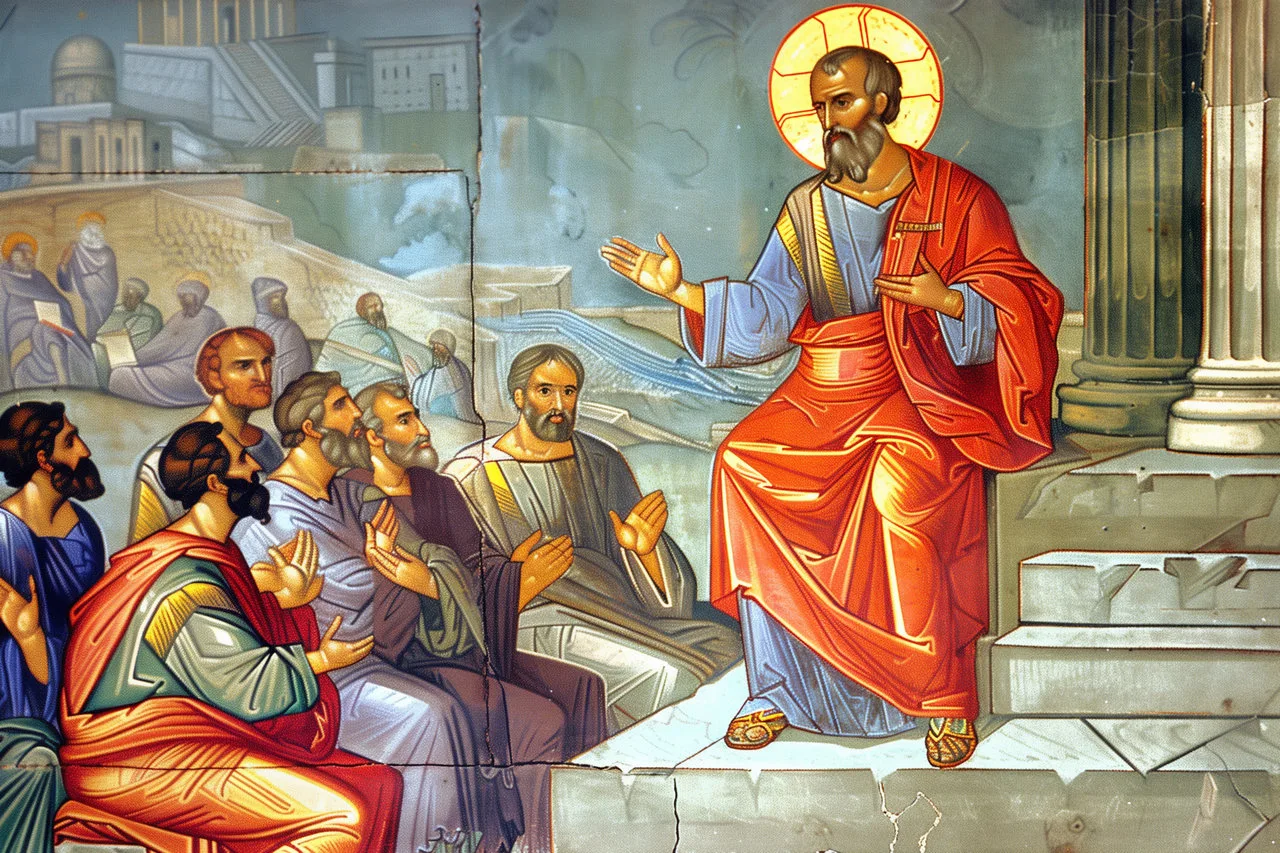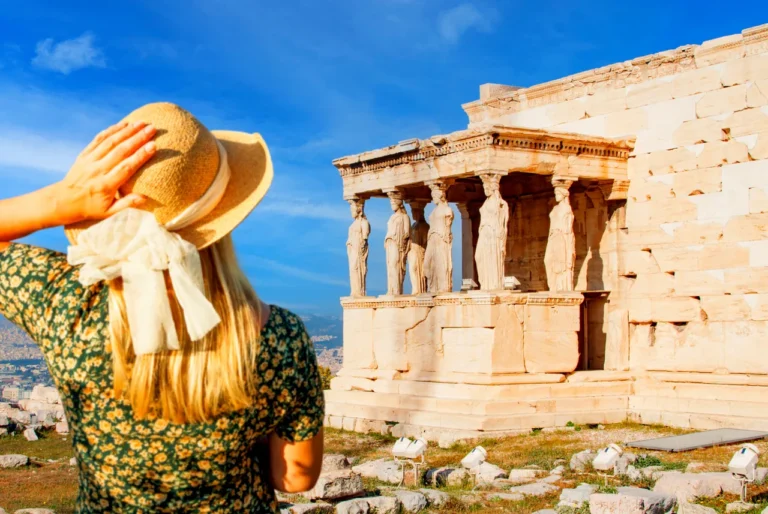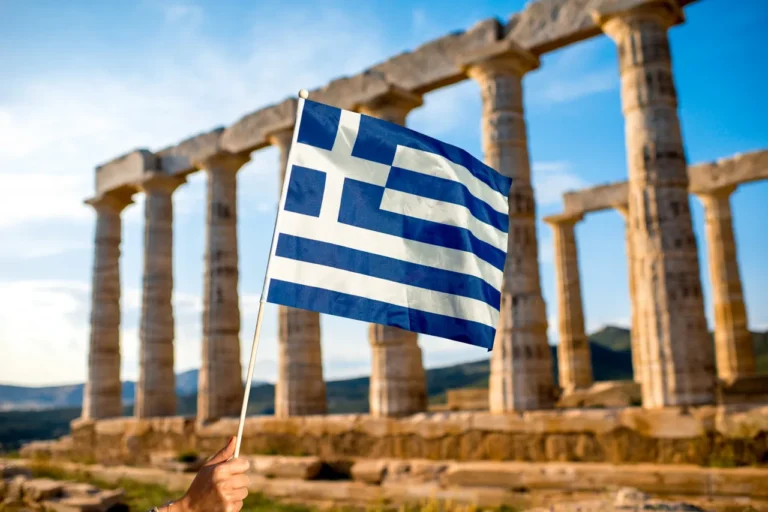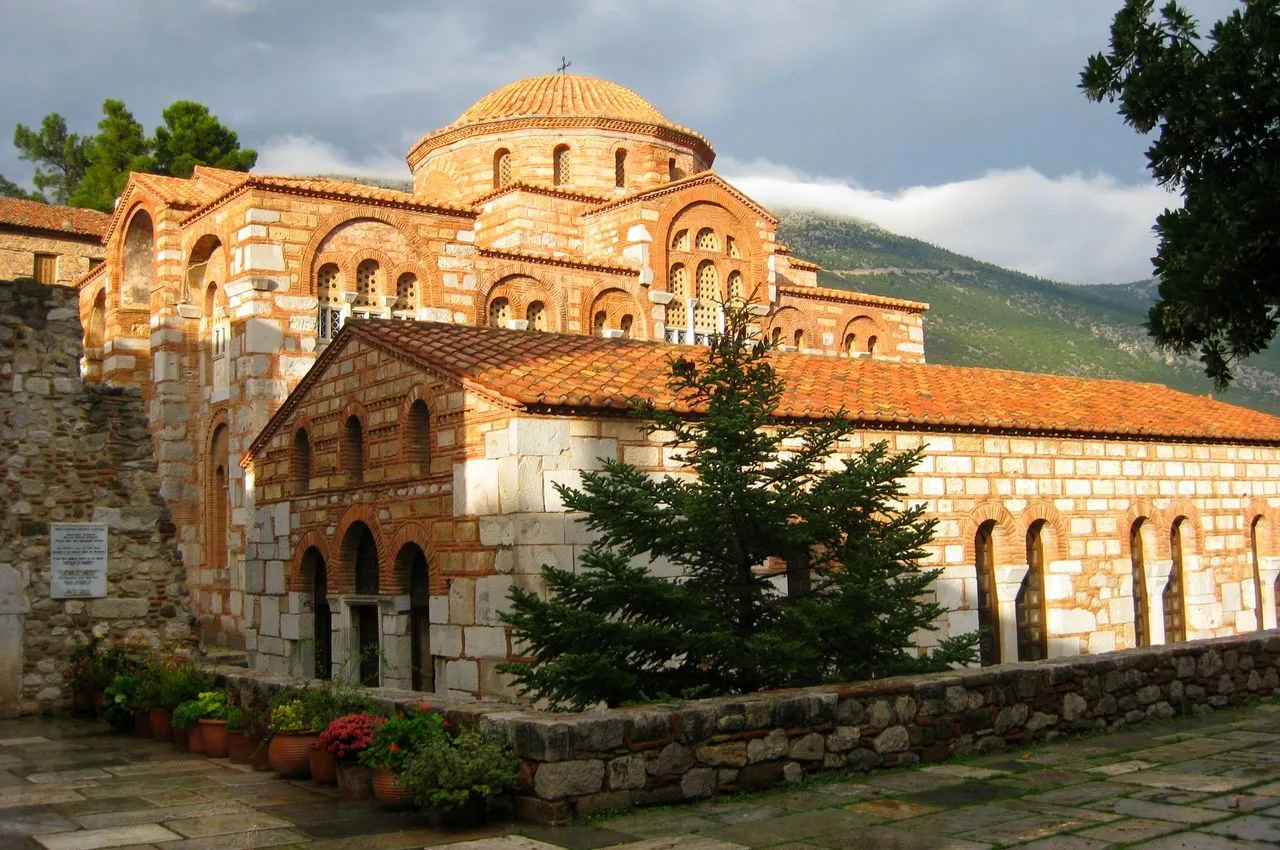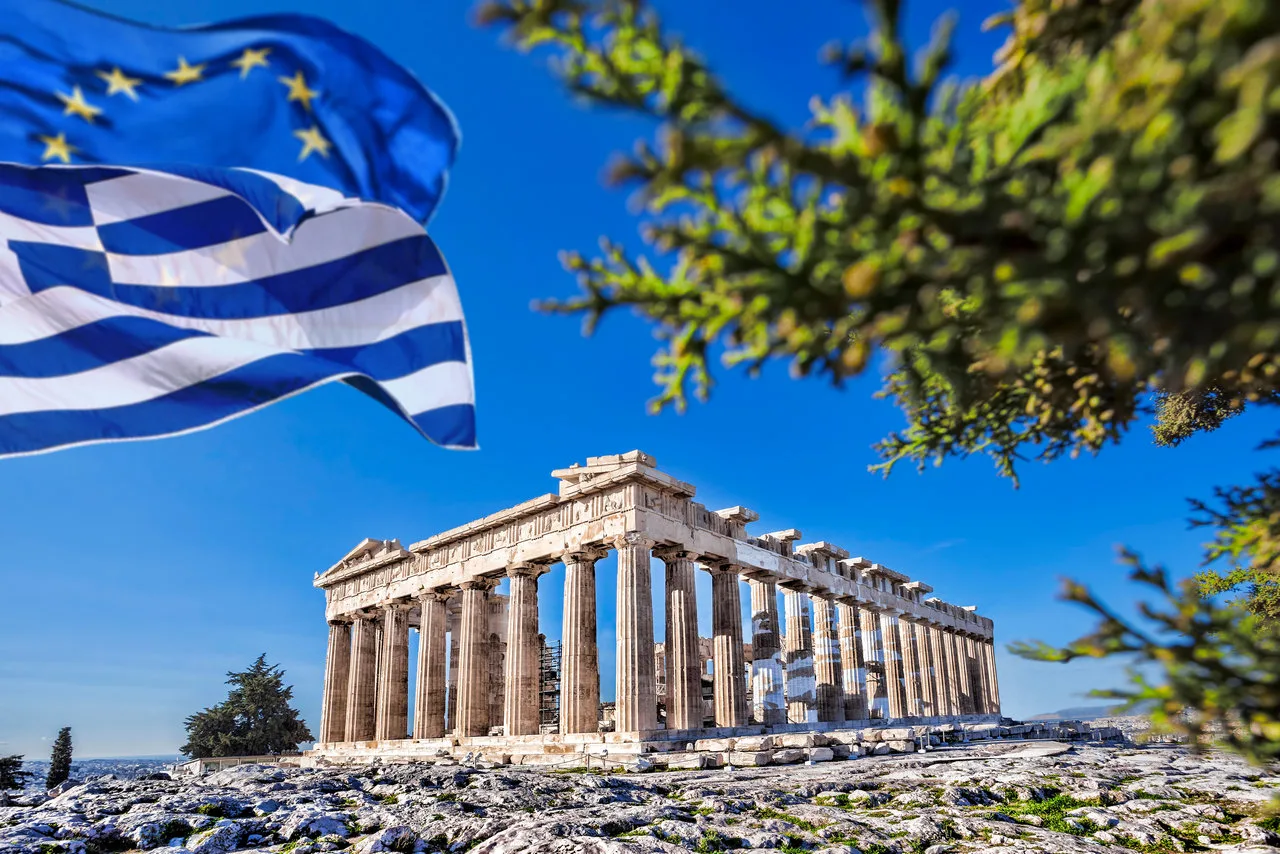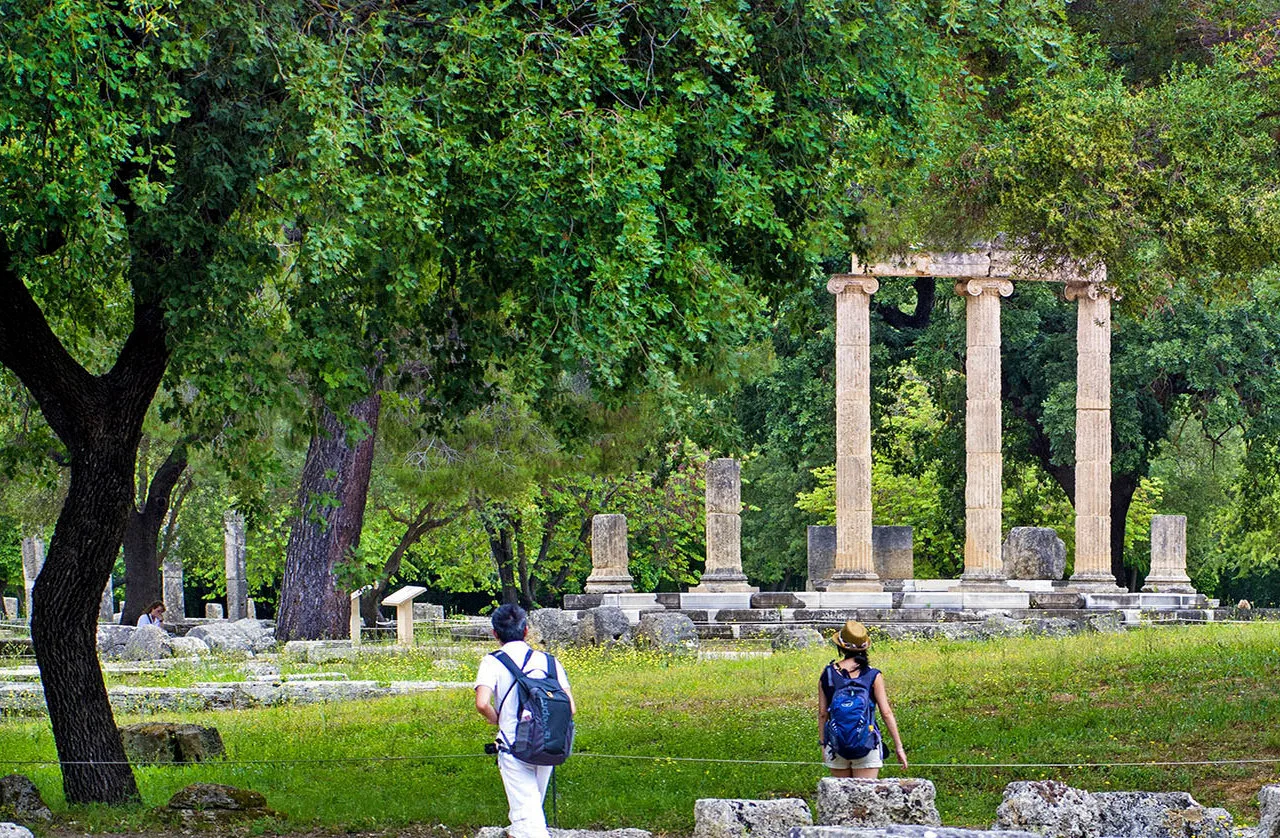Exploring the Path of Apostle Paul through Greece
Discovering the paths Apostle Paul walked in Greece. Have you ever pondered the intriguing voyage of Apostle Paul through the historic lands of Greece? Get ready for an enthralling expedition as we explore the significance, both historical and spiritual, of tracing the footsteps of this celebrated individual. Uncovering the Voyage: Apostle Paul, also recognized as Saint Paul, had a significant impact on the expansion of Christianity in the Mediterranean region. His travels as a missionary led him through different areas, including Greece, where he shared the message of Jesus Christ with Jewish and non-Jewish people.
Tours including Parthenon
The Footsteps Of Paul
Tips for Tourists
Visiting the Christian memorials in Greece is a once-in-a-lifetime experience for many tourists. To make the most of your visit, it is recommended to arrive early in the morning or later in the afternoon to avoid crowds and heat. Visitors should wear comfortable shoes and bring water, sunscreen, and a hat. Guided tours are available and can provide valuable insights into the history and significance of the monument.
Read more: Opening hours and entrance fees for the Acropolis
Unraveling the Journey
“The Route that Apostle Paul Followed in Greece” is considered one of the most significant religious paths in Greece. Apostle Paul, a key figure in the Christian religion despite not being one of Jesus’ original 12 disciples, played a crucial role in spreading Christianity. He was even given the titles “Equal-to-the-Apostles” and “Apostle of the Nations” for his extensive contributions to the faith.
Exploring the Footsteps of Apostle Paul through Greece
The History
During his travels to share Christianity, Apostle Paul also visited Greece, where he preached the Holy Gospel and shared the message of Jesus. His journey in Greece is not only significant for believers but also for history enthusiasts. The “Route that Apostle Paul Followed in Greece” takes visitors to the sites where he preached, offering a mix of pilgrimage and sightseeing in Greece’s stunning locations.
Places where Apostle Paul visited on his journey in Greece
Samothrace
As per the tradition of the island, Apostle Paul stopped at Samothrace and arrived at the port of the Ancient City, now known as Paliapoli (Old City). To commemorate this moment, a three-aisled Early Christian church was built on this site using architectural pieces from ancient buildings.
Kavala (Neapoli)
During his time in Troas, the Apostle Paul had a dream about a striking Macedonian man urging him to come to Macedonia and assist them. This dream played a crucial role in his decision to journey to Macedonia and marked the beginning of his influential and impactful relationship with the Greek people. Prior to this dream, he had already embarked on a mission to establish and strengthen the presence of Churches in various regions.
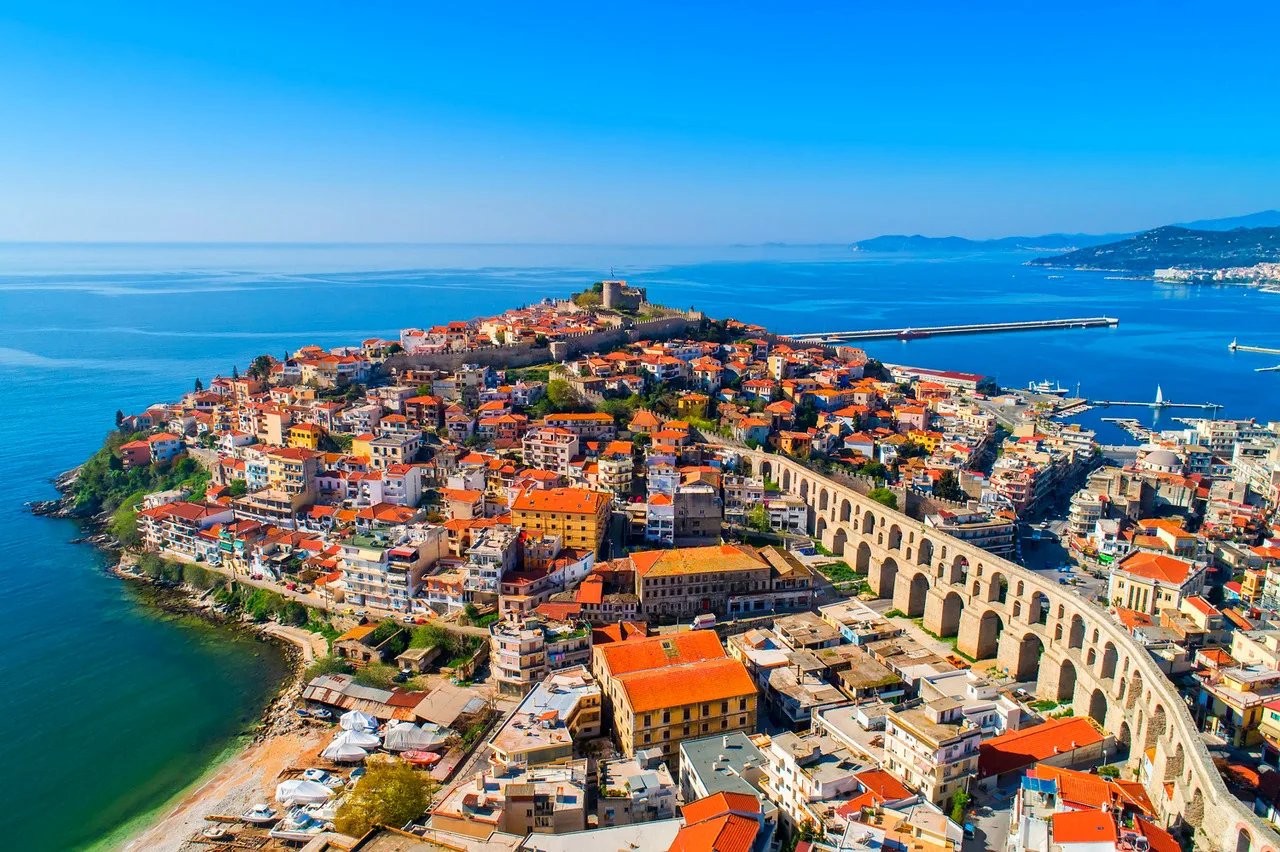
During the winter of the year 49, Apostle Paul made his first voyage to European soil. His initial destination after a two-day journey was Neapoli. Seven years later, on his second visit to Neapoli, it took him five days to traverse the same distance. Upon arrival in the Agios Nikolaos region, Apostle Paul followed Via Egnatia until he reached Philippi, which is 12 km away from Neapoli. He was joined by Silas, Timothy, and Luke, who was not only a doctor but also an evangelist and the author of “Acts of the Apostles”.
Philippi
The Stories
On a Saturday, he arrived at the location for the very first time and found a group of women gathered in the area. These women were the first in Europe to listen to his preaching. One of them was Lydia, a respected lady from Thyateira in Asia Minor. She was the first person to be baptized and played a significant role in spreading the message of God.
Romans
In Philippi, Paul and Silas were accused of causing disturbances and behaving strangely in the city, unlike the Romans. They were punished with caning and imprisonment, but a powerful earthquake struck, causing chaos. The prison doors magically opened, and the guard, fearing the prisoners had escaped, attempted suicide. Paul and Silas intervened, saving the guard’s life. The guard then converted to Christianity, along with his family, and they were all baptized. As a result, Paul and Silas were welcomed into the guard’s home.
Paul’s Visits
The two Apostles walk past Lydia’s house, where they were welcomed, and head towards Thessaloniki. Apostle Paul maintained strong connections with the people of Philippi and provided them with financial support multiple times, even while he was in prison in Rome. Seven years after his initial visit, he came back to Philippi and made three more visits (in April of 57, in the spring of 63, and in the winter of 64).
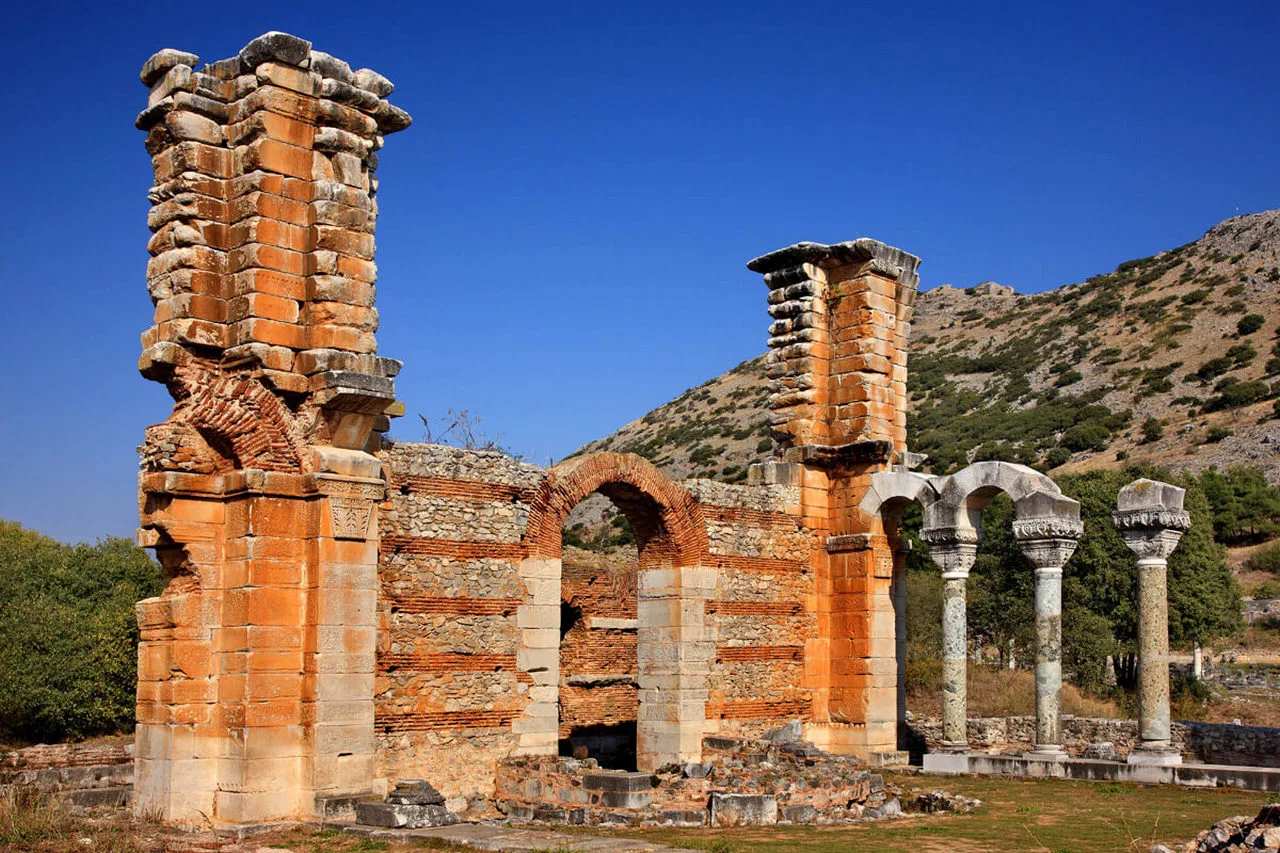
Amphipolis-Apollonia
Even though these cities held significant importance in the region, Apostle Paul decided to continue on his journey without making any stops. He was in a rush to reach Thessaloniki because he was aware of the presence of a synagogue there.
Thessaloniki
Paul and Silas arrive in Thessaloniki
When Paul and Silas arrived in Thessaloniki in the fall of 49, they were struck by the city’s unique character. Unlike the places they had visited before, Thessaloniki had been free from Roman rule since 168 B.C. There was even a synagogue near the port, as mentioned in the Acts. Paul visited this synagogue for three consecutive Saturdays, engaging in discussions with the attendees and sharing passages from the Holy Bible that foretold the crucifixion and resurrection of Jesus. Some individuals were convinced by Paul’s teachings and became his and Silas’ followers. Among them were many new Greek believers and influential women in the city. The exact number of the first Christians is uncertain, but it is certain that a church was founded in Thessaloniki.
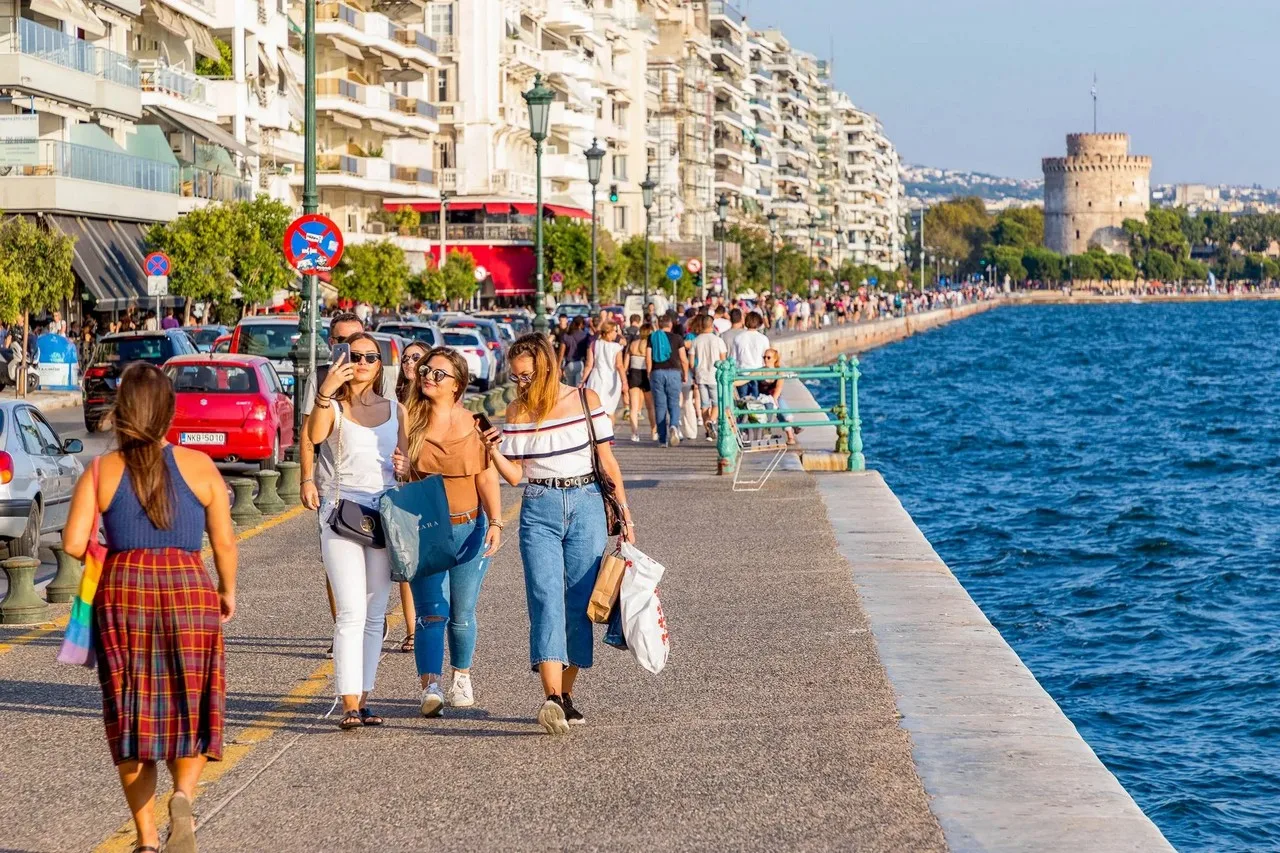
Paul’s Actions
Soon after Paul’s actions, trouble started to arise in Thessaloniki, leading to riots that mirrored what had occurred in Philippi. Under the cover of night, Paul and Silas departed from the city. These are the only details known about his time in Thessaloniki. According to popular belief, as he was being pursued by his fellow countrymen, he made a quick escape by climbing a high section of the walls, possibly through a small door where the Vlatades monastery was later built.
Apostle Paul’s Holy Water
n the past, there was a spring located east of the current Vlatades monastery. Legend has it that Apostle Paul once drank from this spring. Each year, locals would gather at this spring, known as “Apostle Paul’s Holy Water”, to pay tribute to him. Following the liberation of Thessaloniki, a church was built on this site in his honor, and the Holy Water gained widespread recognition. Today, a grand modern church stands as evidence of Apostle Paul’s visit to Thessaloniki, where he spread the word of Christianity among the Greek people.
Veroia (Veria)
Paul’s travels to Veroia (Veria)
During the night, Paul and Silas departed with the assistance of fellow Christians to Veria. They journeyed along Egnatia Road for some time before altering their course near Pella, passing through a scenic and fertile area. Veria was a bustling city with a sizable population and a thriving synagogue. Upon arrival, Paul and Silas paid a visit to the synagogue. It was noted that the Jews in Veria were more courteous compared to those in Thessaloniki and they eagerly listened to Paul as he preached the Gospel. The congregation included individuals from the upper echelons of society in Veria, as well as Hebrews, converts, and a considerable number of women.
Paul’s Enemies
However, not long after, word began to spread in Thessaloniki about Paul’s activities. The enemies from Thessaloniki even sent people to Veria in an attempt to stir up trouble. Without hesitation, his companions quickly moved the Apostle away from Veria, leaving Timothy and Silas behind. In a gesture of goodwill, Veria presented the Apostle of the Nations with a new traveling companion, Sopatros, the son of Pyrrhus, who accompanied him for a significant period upon his return to Asia. Today, the spot in Veria where Paul is believed to have preached, known as the “Apostle Paul’s Podium,” stands as a grand monument. Since 1995, a series of religious, cultural, and sporting events known as “Pavlia” have been established in the area, culminating each year with a scholarly conference.
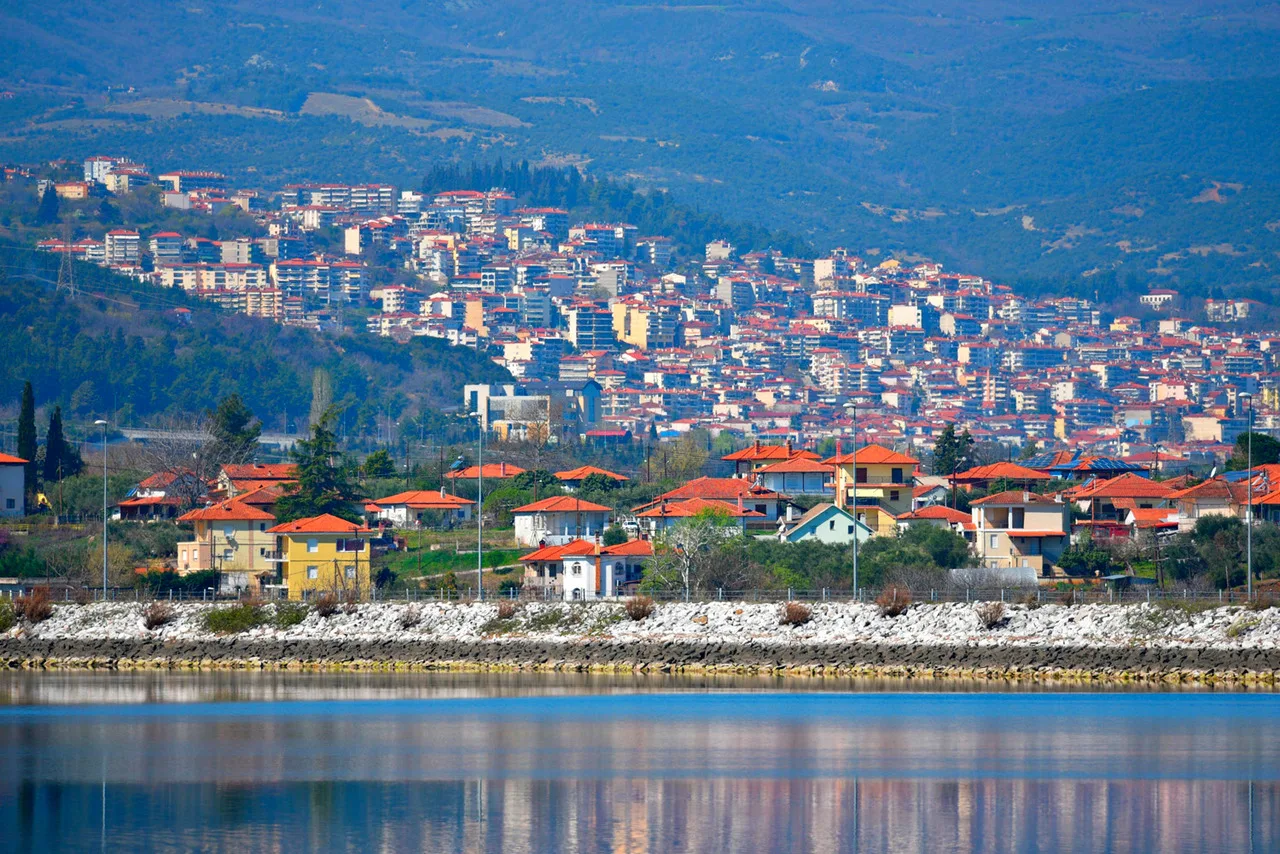
Athens The Credal Of Western Civilization
Paul Arrive In Athens
In the year 51, Paul arrived in Athens by boat. Unlike the vibrant city of classical times, Athens had fallen into disrepair. The works of art were often looted, the Romans had left the city dedicated to Pallas Athena, and there was a decline in moral values. The boat carrying Paul anchored in Faliro, the main port area of Athens at the time. This port was situated between the Kifissos river and the small church of Agios Georgios, believed to have been built on the remains of the ancient Faliro dock. The surrounding area was undergoing development. The road from Faliro led directly to Athens, which Paul followed upon disembarking from the boat.
Areopagus
While he waited for Silas and Timothy to arrive from Macedonia, he wandered the city, engaging in conversations with the locals at the synagogue and market. He was disturbed by the many statues around him. His teachings about Jesus’ death and resurrection caught the attention of some Epicurean and Stoic philosophers who called him a “newsmonger.” Surprisingly, he was not persecuted for his preaching in Athens but was instead invited to speak before the High Court (Areopagus) to explain his beliefs in more detail. It is believed that he also spoke in front of the court’s body, as one of its members, Dionysius the Aeropagite, embraced his teachings. The hill to the west of the Athenian Acropolis was known as Areopagus.
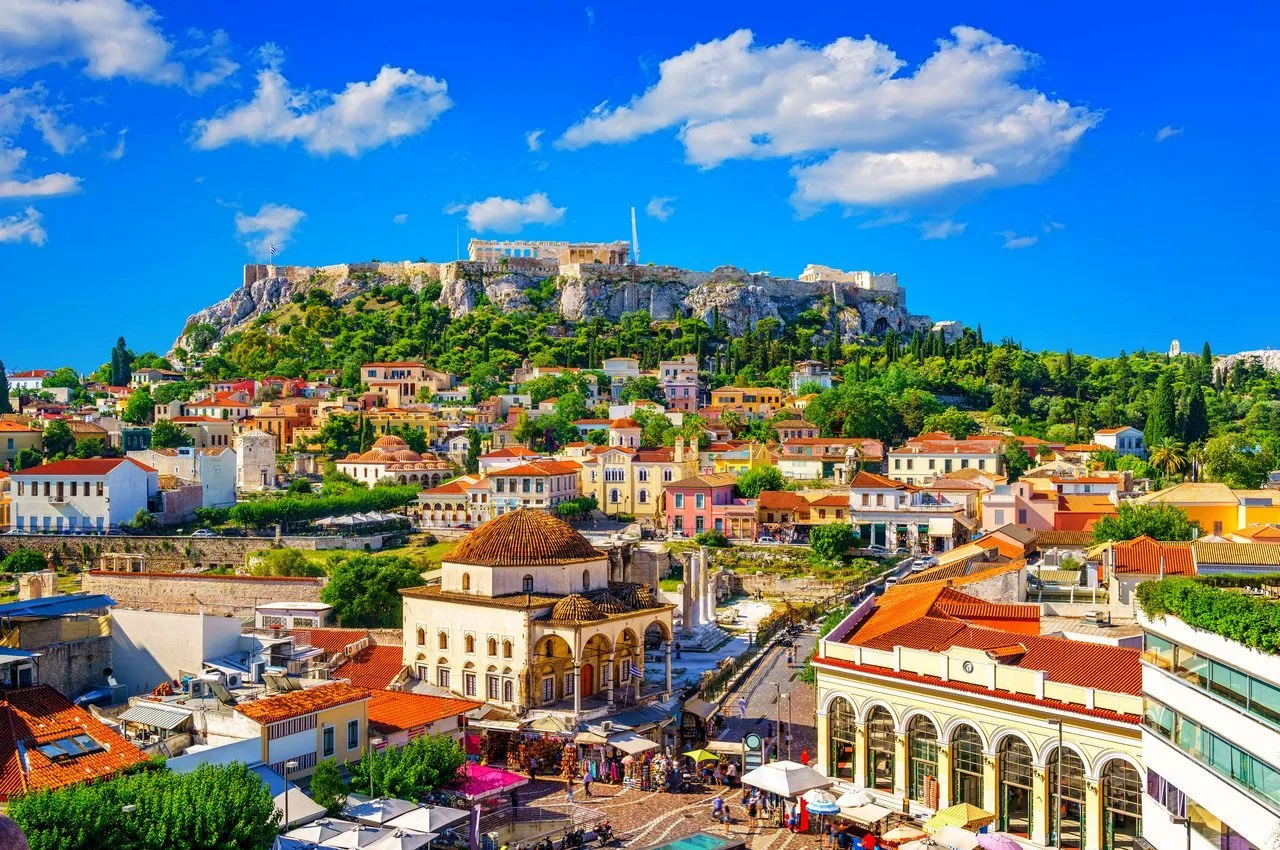
The church of Apostle Paul
The church of Apostle Paul was founded in 1887 near Athens. Queen Olga began the construction of a larger church two years later, with the help of Metropolitan bishop Prokopios, Mayor Labros Kallifronas, and architects Trobus and Soultze. In 1923, Archbishop of Athens Chrysostomos Papadopoulos mandated that the Vespers of Apostle Paul’s celebration be held at Areopagus.
Ancient Corinth (Korinthos)
Paul In Corinth
It’s unclear how he traveled to Korinthos (Corinth). What we do know is that he left Athens puzzled by the reaction to his teachings and the state of the Churches in Macedonia. As Paul departed Athens, Timothy was en route to Thessaloniki. In Corinth, Paul struck up a friendship with Akylas and Priscilla, who, like him, were tent-makers and already had some knowledge of Jesus. He worked alongside them, preaching to both Jews and Greeks every Saturday. Many of the Jews remained unconvinced that Jesus was the Messiah. Eventually, Paul stayed with Titus Justus, a proselyte who lived near the synagogue.
In the book of Acts, it is mentioned that the Jews in Corinth came together to oppose Paul, accusing him of unlawfully trying to persuade people to follow his teachings. However, their efforts were in vain as Paul’s struggles stemmed not from the hostility of outsiders, but from within his own community. Eventually, after a few weeks, Paul made the decision to leave Corinth and head to Ephesus, bidding farewell to his companions Silas, Timothy, Akylas, and Priskilla. The people of Corinth erected a grand church in honor of Apostle Paul, who is now considered the patron saint of the city.

